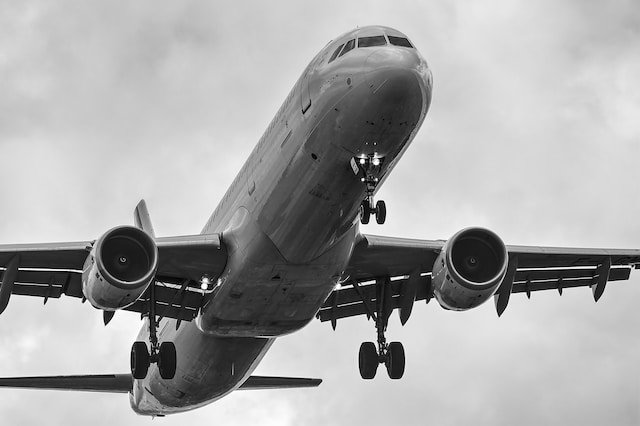Long-haul air travel has seamlessly integrated itself into the fabric of our globalized society, facilitating connections between individuals and destinations in a manner previously unparalleled. The ability of contemporary aircraft to traverse immense distances without interruption is indeed a marvel of engineering and innovation. However, have you ever pondered the mechanisms that enable these aircraft to achieve such remarkable accomplishments?
In this exploration, we embark on a journey to uncover the intricacies of modern aviation technology, unveiling the five pivotal avenues through which aircraft achieve enduring long-distance flights. This voyage of discovery enriches our comprehension of the aviation sector and illuminates the remarkable accomplishments of engineering and design that underpin these extraordinary journeys.
1. Efficient Aerodynamics
Efficiency stands as the linchpin of extended air travel. Aircraft designers have achieved mastery in the art of aerodynamics, artfully reducing the impediments an aircraft confronts during its odyssey. The sleek, streamlined contours of aircraft are pivotal in diminishing aerodynamic drag, allowing planes to traverse the skies with minimal resistance gracefully. Moreover, meticulous wing design optimization facilitates lift generation and stability, further enhancing the aircraft’s fuel efficiency.
The adept application of these principles ensures that aircraft can span great distances with remarkable economy in fuel consumption. Skydrol LD-4‘s exceptional fluid properties ensure the smooth operation of various aircraft systems, including landing gear retraction and flap movement. This hydraulic fluid minimizes friction and pressure losses in the hydraulic lines, reducing the workload on the aircraft’s hydraulic pumps.
2. Advanced Engine Technology
Cutting-edge aircraft are propelled by state-of-the-art engines, commonly high-bypass turbofan engines renowned for their extraordinary fuel efficiency. These engines incorporate a substantial front-mounted fan that adeptly diverts a significant portion of incoming air around the engine’s core, leading to marked reductions in fuel consumption and noise emissions.
Central to this prowess is the principle of jet propulsion, which provides the essential thrust required for sustained flight. These technological innovations in engine design have significantly contributed to the extended operational range of aircraft, enabling them to remain aloft for protracted durations.
3. Fuel Efficiency Measures
In the relentless pursuit of enhanced fuel efficiency, the aviation industry has embraced pioneering materials and systems. Notably, lightweight materials such as carbon-fiber composites have supplanted conventional metals in aircraft construction, significantly reducing overall weight and, thus, fuel consumption. Advanced fuel management systems meticulously monitor and regulate the precise flow of fuel to the engines, optimizing consumption throughout the flight. These measures reduce the aircraft’s energy demands, allowing it to embark on longer journeys without necessitating excessive refueling stops.
4. Navigation and Route Planning
For long-haul journeys, the strategic selection of flight routes assumes paramount importance. Airlines and pilots rely on cutting-edge navigation systems, encompassing GPS and radar technologies, to chart the most efficient course. Real-time meteorological monitoring assists pilots in steering clear of turbulence and unfavorable weather conditions, thereby conserving fuel and preserving passenger comfort. The scrupulous planning of these routes is pivotal in enabling aircraft to reach their destinations with maximum efficiency.
5. In-Flight Passenger Comfort
While the technical aspects unquestionably hold paramount importance, the element of passenger comfort assumes a considerable role in facilitating extensive flights. The presence of advanced cabin pressurization systems plays a pivotal role in upholding a cozy and secure environment, particularly at high altitudes. Scrupulous air quality and humidity management are conducted precisely to avert passenger discomfort and dehydration. The assurance of passengers’ well-being during protracted journeys is a significant factor contributing substantively to the overarching success of long-haul flights.
Conclusion
The capacity of aircraft to undertake extended flights is a testament to humanity’s ingenuity and the march of technological advancement. By mastering the principles of efficient aerodynamics, harnessing advanced engine technologies, implementing measures to enhance fuel-efficiency, optimizing navigation and route planning, and diligently tending to passenger comfort, the aviation industry has achieved unprecedented heights in the realm of long-distance travel. As we persistently push the boundaries of aviation technology, we eagerly anticipate even more awe-inspiring accomplishments in the realm of long-haul flights, fostering connections between individuals and locales across the globe to an extent previously unimaginable.
















